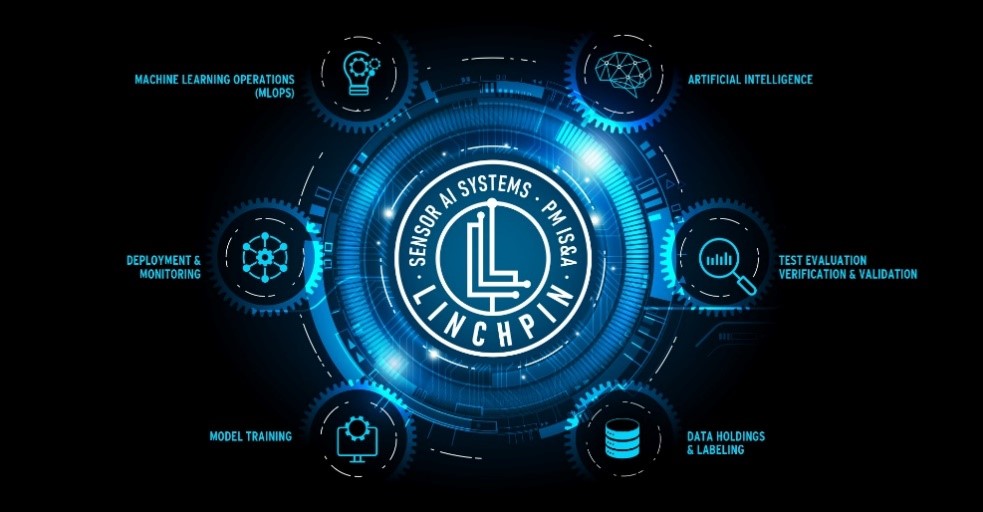By John Mark Suhy, CTO of Greystones Group
The U.S. Army’s Project Linchpin is a big deal. It’s an opportunity to create an open-source AI architecture that works across the board, streamlining development and integration for the U.S. Army.
But this can be so much more than just a military win. If done right, Linchpin could set the tone for how AI gets built and adopted across the entire government and even private industries.
The stakes are high and there are challenges, but there’s also a huge opportunity to get it right. Let’s break down what the Linchpin team needs to focus on to make this project a game-changer.
Here are some challenges Project Linchpin faces:
- Vendor Lock-In
Vendors with a lot invested in proprietary systems will need a clear reason to adopt open standards. Training requirements alone can be a huge investment for both small and large businesses.
- Fragmentation
Getting everyone on the same page is tough. Military branches, contractors, and private companies all have their own priorities and processes.
- Keeping Up with AI’s Rapid Growth
AI moves fast. A spec that looks great today might feel ancient in two years if it doesn’t evolve in real time, something that the open-source community has done a fantastic job with.
- Learning from Past Failures
We’ve seen this before – big projects fail when they ignore the community or try to force solutions without collaboration. Think about the Semantic Web or some of the proprietary IoT ecosystems that fizzled out.
The Right Way Forward
- Formal Standards Through IEEE or Similar Bodies
Partner with an organization like IEEE to give these standards real credibility. It’ll also give vendors confidence that they’re building on a solid foundation.
- Iterative, Agile Development
Don’t aim for perfection upfront. Build something workable, test it, and refine as you go. Keep it modular and backward compatible so it’s fluid.
- Test in the Real World
Get early feedback by running real-world pilots. What works in theory doesn’t always pan out in practice. Field tests will tell you what’s worth keeping and what needs fixing.
- Create a Positive-Sum Ecosystem
The key here is building an environment where vendors aren’t just fighting for their slice of the pie but actively growing the pie for everyone. Clear guidelines and incentives can make sure vendors see the value of contributing to the platform’s success – even as they compete to push their own innovations forward.
An enhanced vision for Project Linchpin
Project Linchpin can apply across industries – from healthcare to transportation. A modular, scalable design ensures the platform can keep evolving as technology advances. By integrating diverse AI tools seamlessly, Linchpin could set the stage for breakthroughs we haven’t even imagined yet, creating a foundation for innovation that drives progress everywhere.
Image from PEO IEW&S PM IS&A – PEO IEW&S

Comments are closed.